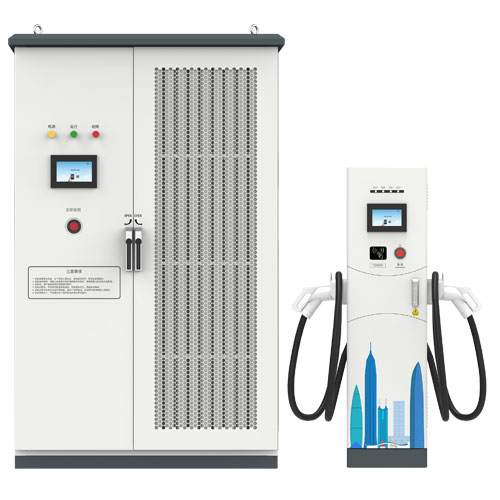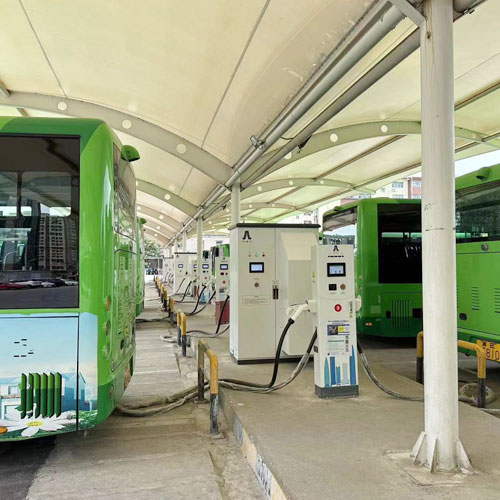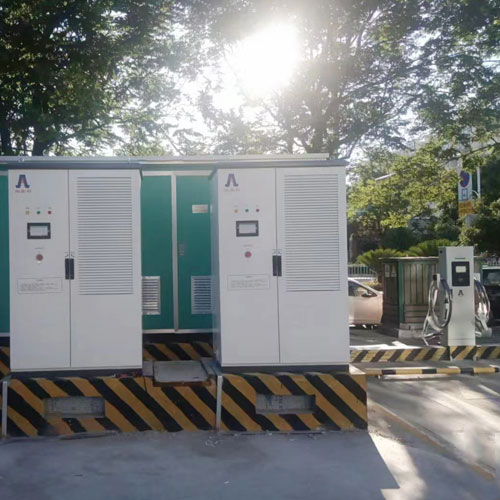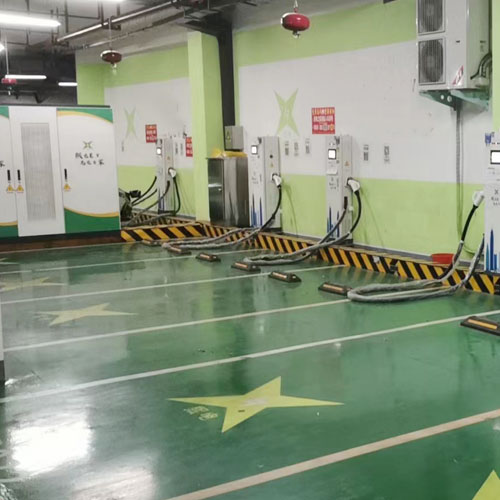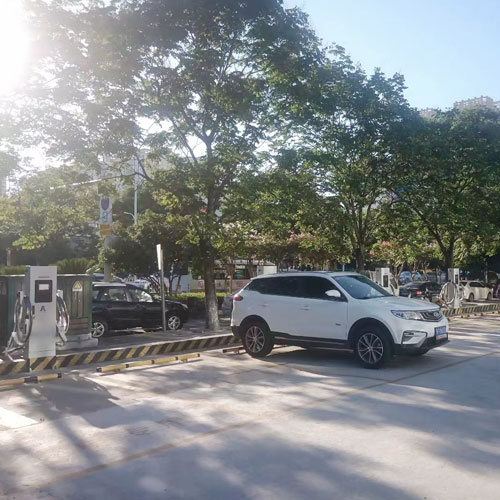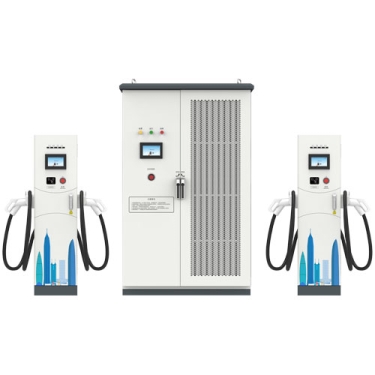There are three levels of EV charging; Level 1, Level 2, and Level 3. Level 3 is broken into DC Fast Charging and Supercharging. The higher the level of charging, the faster the charging process, as more power is delivered to the vehicle. It’s important to note that different EVs charge at different speeds on each level, because each EV can accept different levels of power from the EVSE, industry-speak for electric vehicle supply equipment, the charger.
When an electric vehicle is plugged in, there’s a communication process before the charger is energized. Basically, the car asks the charger how much power it can deliver, and then the car calls for the maximum amount of power that the station can deliver and the vehicle can accept.
The car always determines how much power it accepts, so there’s no need to worry about plugging into a charging station that can deliver more power than your EV can handle. The car will not allow the charger to deliver too much power.
Level 3 charging is the fastest type of charging available and can recharge an EV at a rate of 3 to 20 miles of range per minute. Unlike Level 1 and Level 2 charging that uses alternating current (AC), Level 3 charging uses direct current (DC). The voltage is also much higher than Level 1 & 2 charging, which is why you don’t see level 3 chargers installed at home. Very few residential locations have the high-voltage supply that is required for level 3 charging.
Hongjiali New Energy delivers EV charging solutions to property owners, power to the electric vehicle community and impactful brand stories to everyone.
Level 3 charger-ev supercharger product parameters are introduced in detail:
Parameters | Requirements | ||
General Requirements | |||
EV Charger Type | DC | ||
Charger Capacity | 240KW | 360KW | 480KW |
Equipment size | L1200*W750*H1980(mm) | ||
Product Model NO. | ENC-DCF240D | ENC-DCF360F | ENC-DCF480H |
ANSI-DCF240D | ANSI-DCF360F | ANSI-DCF480H | |
JIS-DCF240D | JIS-DCF360F | JIS-DCF480H | |
Mounting | Ground-Mounted(Sequential) | ||
Input Requirements | |||
AC Supply System | Three-Phase, 5 Wire AC system | ||
Nominal Input Voltage | AC380V±15% | ||
Input Frequency | 45-65Hz | ||
Environmental Requirements | |||
Ambient Temperature Range | -25 to 55°C | ||
Ambient Humidity | 5 to 95% | ||
Storage Temperature | -40 to 70°C | ||
Electrical indicators | |||
Current Limit Protection Value | ≥110% | ||
Steady pressure precision | ≤±0.5% | ||
Steady flow accuracy | ≤±1% | ||
Power Factor | ≥0.99(50% load above) | ||
Mechanical Requirements | |||
IP Ratings | IP 54 | ||
Cooling | Air-cooled | ||
Output Requirements | |||
Connector Terminal | 2 | 3 | 4 |
Number of Outputs | 4 | 6 | 8 |
Type of Each Output | DC200-750V ; DC150-500V(JIS) | ||
Single Output Max.Current | 200 Amp | ||
Equipment size | L430*W201*H1600(mm) | ||
User Interface & Display Requirements | |||
Display & Touch-Screen Size | 7 Inches Touch Screen with Shell | ||
User Authentication | QR Code/RFID Card /Password Login | ||
Metering Information | Consumption Units | ||
Communication Requirements | |||
Communication between EVSE and Central server | OCPP 1.6J Protocol (Optional) | ||
Interface between Charger and CMS | Ethernet/3G/4G/WIFI (Optional) | ||
Protection & Safety Requirements | |||
Executive Standard | IEC 62196 2017, IEC 61851 2017, SAE J1772,CHAdeMO etc. | ||
Safety Parameters | Over Current, Over Voltage, Under Voltage, Residual Current, Surge Protection, Leakage Protection, Short Circuit, Over Temperature, etc. | ||
